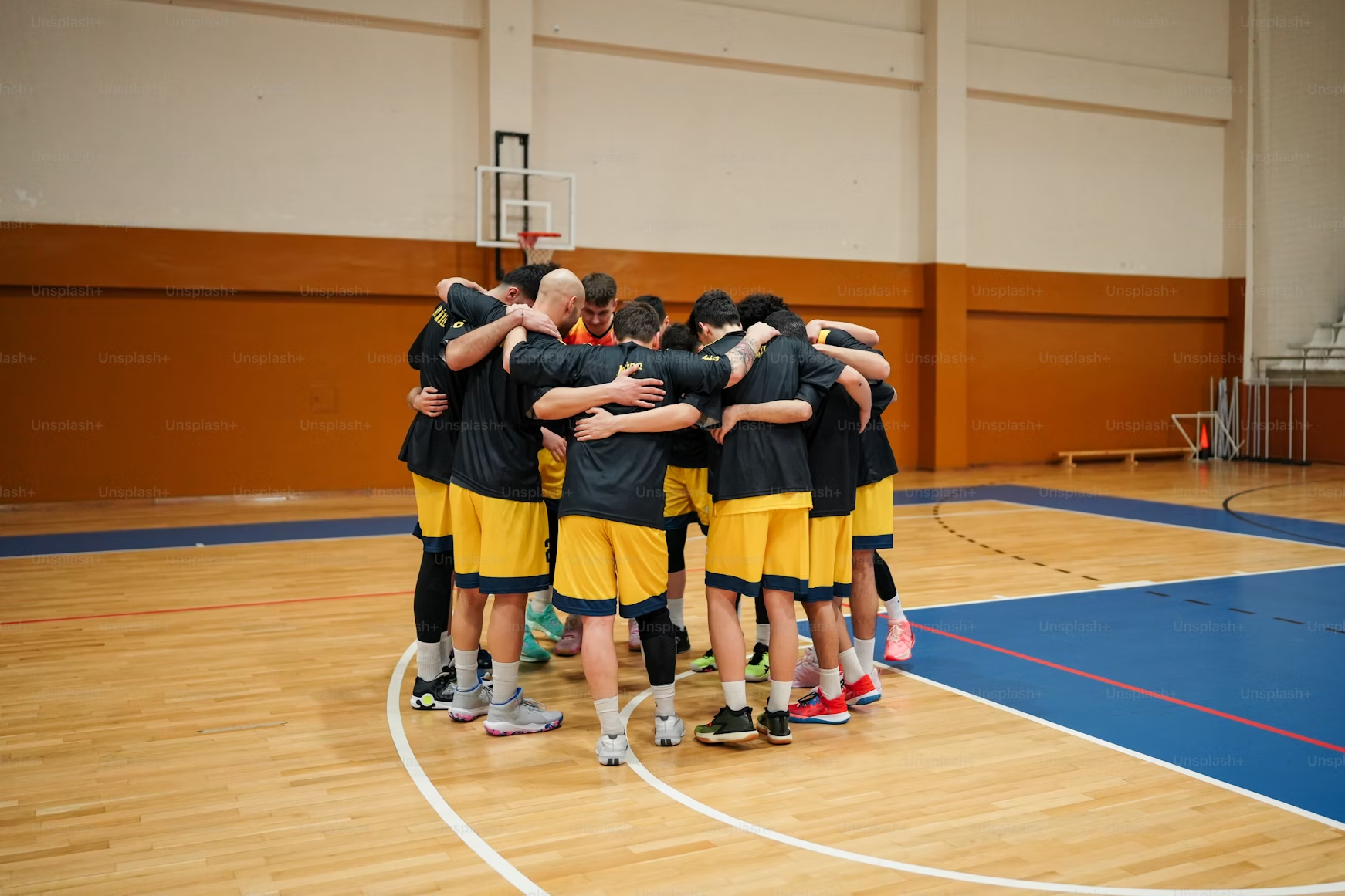Trust is the foundation of every strong team. However, that doesn’t mean control has no place.
In fact, the most successful teams aren’t built on blind trust or rigid control. They’re built on an intentional and deliberate balance of both.
At Mentorloop, we see firsthand how trust transforms teams: from increased engagement and innovation to stronger collaboration and retention. But we also see the moments when control becomes a necessary safeguard, especially in times of uncertainty or change.
So how do you get the balance right?
The Tension Between Trust and Control
Let’s start with the basics:
Trust is the input. It invites ownership, encourages risk-taking, and creates space for creativity. It says: “I believe in you.”
Control is the container. It provides structure, maintains accountability, and helps teams stay on track. It says: “We’ve got this covered.”
Both are valuable. Problems arise when one is prioritised at the expense of the other:
- Too much control? You risk micromanagement, disengagement, and stalled innovation.
- Too much trust without accountability? Things fall through the cracks, and people start feeling unsupported.
Finding the right balance isn’t a one-time decision, it’s an ongoing calibration.
Mentorloop Industry Advisory Council member Deepak Singh explains the role of trust and control in the context of our workplaces.
Deepak also adds:
“Our role as leaders isn’t to be the human version of a Jira board. We’re here to clear the path and build the rhythm that helps them move better together.”
Mentorloop Industry Advisory Council member, Christian Miran, explored this shift in leadership mindset in depth and he unpacks how moving away from top-down power creates room for people to step into their full potential.
What signs should leaders watch out for?
So how do you know when that balance is off?
According to Deepak Singh, award-winning HR leader, founder of Mission and Rhythm, and Mentorloop Industry Advisory Council member, one major red flag is when “people start performing for optics, not outcomes.” He explains:
“We hear phrases like ‘just keeping them in the loop’ or ‘I didn’t want them to think I wasn’t working’. This isn’t collaboration or trust—this is theatre.”
Another indicator? Overly detailed approvals for things people were once trusted to just handle.
Fellow Mentorloop Industry Advisory Council member, Renee Giarrusso, an award-winning leadership, communication, and mindset expert, adds that leaders with strong awareness will feel it too:
“If there’s too much control, there will be low morale and motivation… people lose the empowerment to take risks, make decisions, and take ownership.”
However, she also warns that over-trusting can backfire:
“When trust is in overdrive, there may be team conflict due to a lack of direction. Mistakes happen, communication drops, and performance often follows.”
How to build trust without letting go of the wheel
Here are some practical ways to balance autonomy with alignment and create a culture of trust that actually works.
Create Feedback Loops People Actually Use
Trust starts with transparency. Regular, open communication—through 1:1s, pulse surveys, team check-ins, or mentoring conversations (whatever works for your teams!) helps leaders stay connected to what’s really going on.
The key? Make feedback a habit, not a headline. Don’t just ask for input once a quarter. Build it into how your team operates every day.
Renee encourages leaders to keep communication channels open and proactive:
“When lines of communication are open, clear and consistent… it provides insight into whether more structure or more trust is needed.”
Use Constant Gentle Pressure
Rather than applying sudden bursts of pressure when things go wrong, or a big push at the beginning of big initiatives or at the start of a project, apply a steady rhythm of support and expectations.
Think of it as a quiet drumbeat that keeps momentum going without burning people out.
Mentorloop Industry Advisory Council member Renee Giarrusso explains exactly what constant gentle pressure is and how to implement it in your teams.
Deepak also adds:
“Our role as leaders isn’t to be the human version of a Jira board. We’re here to clear the path and build the rhythm that helps them move better together.”
Use mentoring as a trust accelerator
Mentoring creates safe, structured spaces where people can show up as learners—not just performers.
It’s especially powerful in cross-functional or intergenerational teams, where assumptions can easily build barriers. By focusing on mutual growth, mentoring helps break those down and build meaningful trust across levels and roles.
Bonus tip: Voluntary mentoring programs work best. When people opt in, they’re already more invested.
Deepak Singh explains why he believes mentoring can be a real trust accelerator in teams.
Mentoring can also reinforce team rituals. Mentorloop Co-Founder and COO Heidi Holmes recommends:
“Do an audit of the rituals and experiments you’re already doing—and be more intentional about putting a framework around them so your team has the same guardrails to participate and perform.”
Be intentional about connection—especially remotely
In hybrid and remote teams, trust doesn’t happen by accident. It takes effort.
That means creating opportunities for team connection beyond project updates. Host open forums. Run virtual coffees. Create spaces where people can share wins, challenges, or even just what they’re watching on Netflix.
When people feel seen, trust follows.
Renee shares a strategy she uses with her teams:
“We run ‘Win Wednesdays’ or ‘Failure Fridays’—open forums where people share both wins and challenges. Recognition builds trust and cohesion, and sharing how we got through tough moments connects and grows everyone.”
For Deepak, he says it starts with asking one question:
“One question I love is: ‘Is there anything we’re not saying that we probably should be?’ You’d be shocked how many cultural problems start with things unsaid.”
Lead with empathy AND set clear boundaries
Empathy is one of the most powerful tools a leader has, however, it’s not infinite.
Set clear boundaries around your role and capacity, so you can show up consistently and sustainably. Let your team know you care, while still holding space for accountability and performance.
Renee reminds us that performance and safety go hand-in-hand:
“Understanding the root cause is key… all parties need to be involved in rebuilding trust. Discuss what trust looks like and what can be done to bridge that gap.”
The Real Risks: When the Balance Breaks
Here’s what happens when the trust-control balance is off:
- Micromanagement creeps in
- Creativity tanks
- People stop taking initiative
- The seeds of chaos are sown
- The default becomes self-preservation instead of teamwork
- Team members disengage
- Remote and hybrid teams drift
Without shared rituals or clarity, teams feel disconnected. The good news? These are all fixable when leaders act with intention.
Trust Is a Practice, Not a Policy
Building a high-trust culture isn’t about grand gestures. It’s about small, consistent actions that tell your team: “You’re supported. You’re capable. We’re in this together.”
But what happens when trust breaks down?
Whether it’s a missed expectation, a breakdown in communication, or an overstep in control, every leader will eventually face this moment. What matters is how you respond.
Deepak says the first step is accountability:
“Own my part. Out loud. I don’t over-explain, justify, or spin it. Just own it like a grown-up.”
He then focuses on curiosity and rebuilding:
“I ask: ‘What would help rebuild this between us?’ Trust isn’t rebuilt with slogans or swag. It’s rebuilt with consistency, humility, and showing up when it’s uncomfortable.”
Renee echoes the importance of open, human conversation:
“The first thing to do is have an open conversation with the team or individual involved. Listen to understand and show empathy to gain their perspective. Understanding the root cause is key, and all parties need to be involved in building that trust back.”
What these experts’ advice really highlights is that rebuilding trust isn’t about damage control, it’s about realignment. That means humility from leaders, space for open dialogue, and the courage to hear hard truths.
So next time you’re wondering if you’re being too hands-on or too hands-off, ask yourself:
👉 Are my people clear on what matters?
👉 Do they feel safe to speak up, fail, learn, and try again?
👉 Am I giving them structure or just steering the ship for them?
Because that’s where trust lives: in the space between guidance and freedom, and in what you do when things don’t go to plan.
Deepak’s closing advice?
“Trust isn’t rebuilt with slogans or swag. It’s rebuilt with consistency, humility, and showing up when it’s uncomfortable.”
And if you’re wondering where to start, Renee offers this:
“Ask your team: ‘What’s one thing we say we value, but don’t live consistently?’ Then… change that.”
Want to hear more expert insights on how you can effectively rebuild trust in teams? Watch our free live session with Mentorloop Industry Advisory Council members Deepak Signh and Renee Giarrusso: Let’s Talk Team Trust: How Leaders Lose It And How to Reclaim It.




